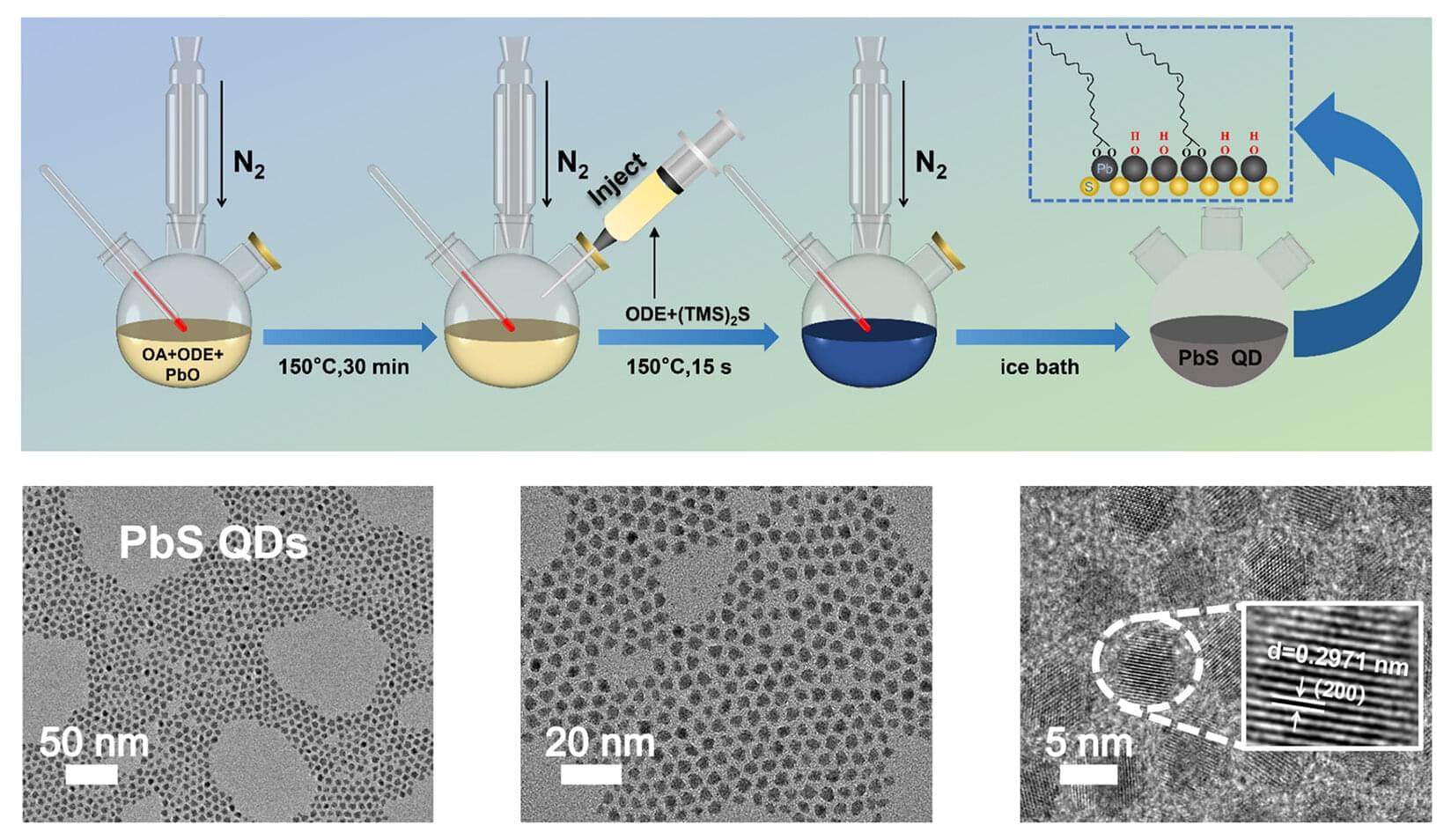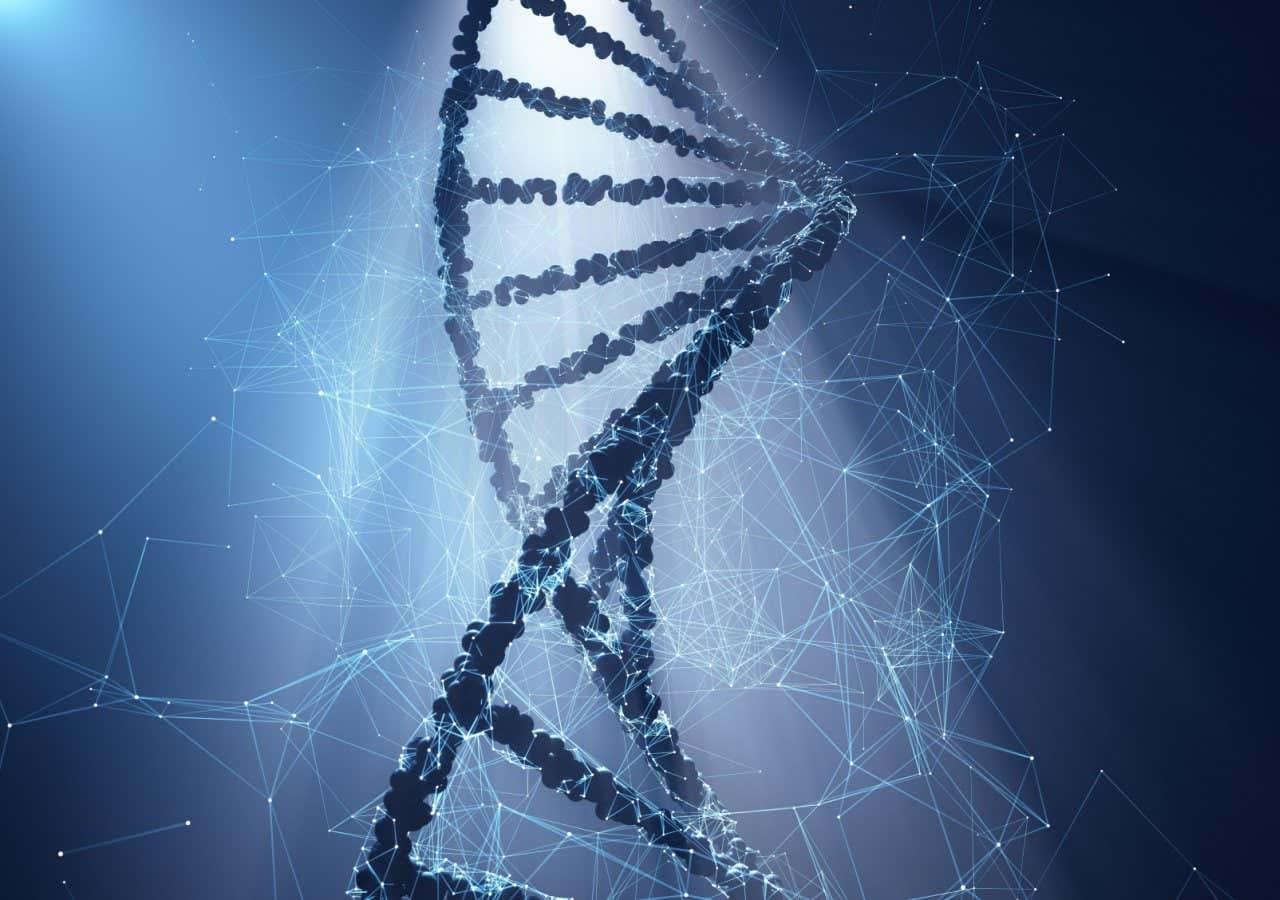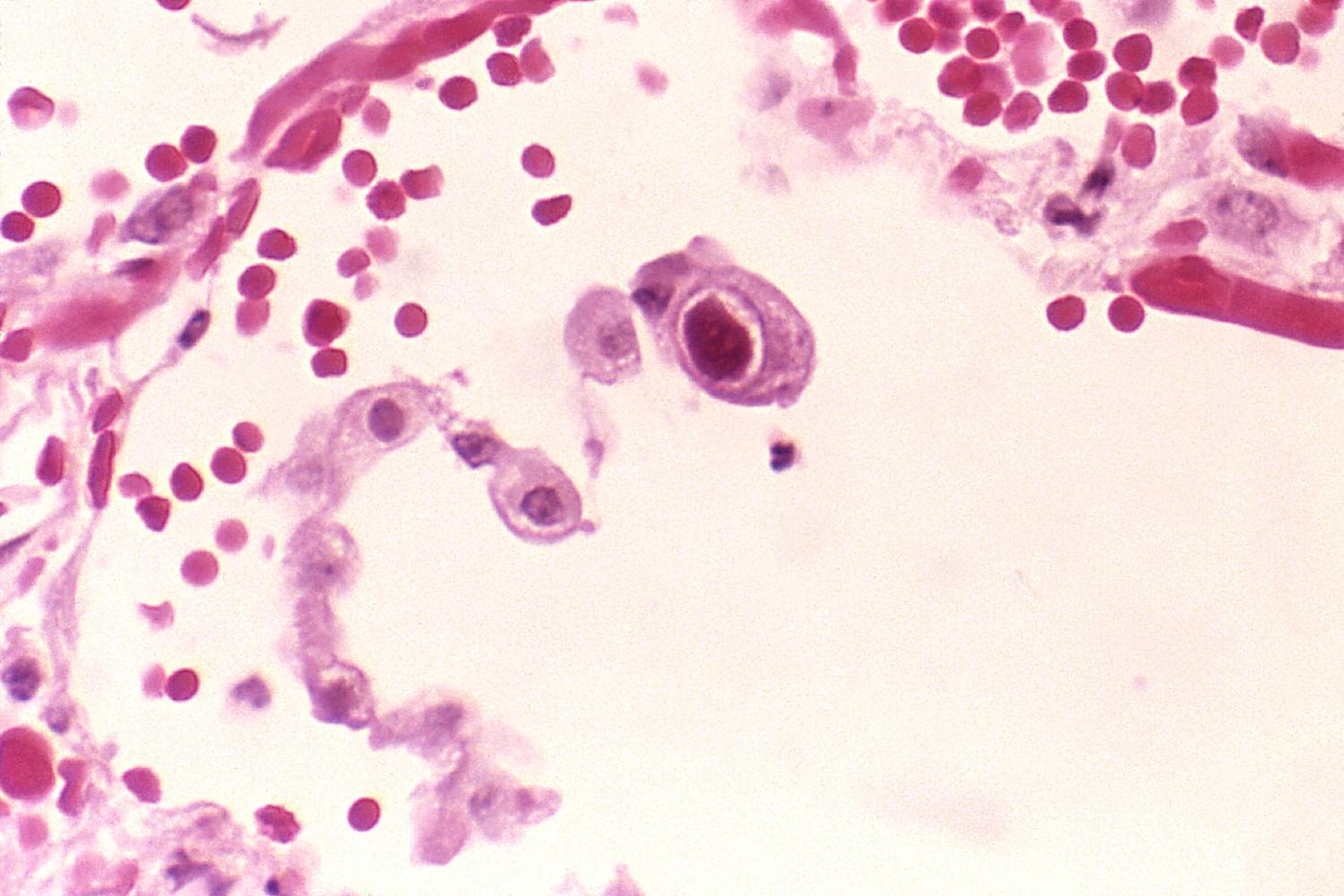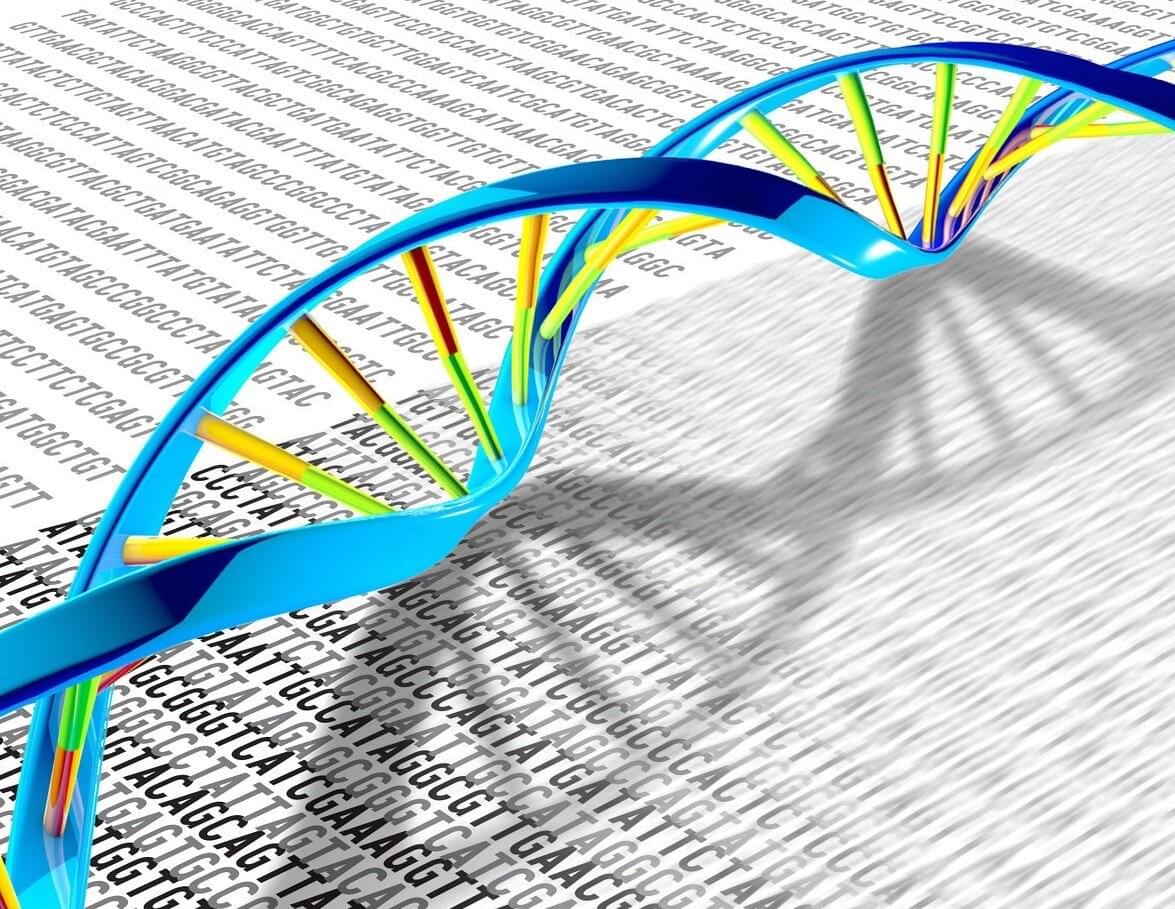Schematic illustration of two pathways for macromolecular therapeutics delivery: nanoparticle-adopted endocytosis (left) and DNA nanotubule-mediated cytosolic delivery (right). By bypassing conventio…



In blinding bright light or pitch-black dark, our eyes can adjust to extreme lighting conditions within a few minutes. The human vision system, including the eyes, neurons, and brain, can also learn and memorize settings to adapt faster the next time we encounter similar lighting challenges.
In an article published in Applied Physics Letters, researchers at Fuzhou University in China created a machine vision sensor that uses quantum dots to adapt to extreme changes in light far faster than the human eye can—in about 40 seconds—by mimicking eyes’ key behaviors. Their results could be a game changer for robotic vision and autonomous vehicle safety.
“Quantum dots are nano-sized semiconductors that efficiently convert light to electrical signals,” said author Yun Ye.

Traditional medical tests often require clinical samples to be sent off-site for analysis in a time-intensive and expensive process. Point-of-care diagnostics are instead low-cost, easy-to-use, and rapid tests performed at the site of patient care. Recently, researchers at the Carl R. Woese Institute for Genomic Biology reported new and optimized techniques to develop better biosensors for the early detection of disease biomarkers.
People have long been fascinated with the iridescence of peacock feathers, appearing to change color as light hits them from different angles. With no pigments present in the feathers, these colors are a result of light interactions with nanoscopic structures, called photonic crystals, patterned across the surface of the feathers.
Inspired by biology, scientists have harnessed the power of these photonic crystals for biosensing technologies due to their ability to manipulate how light is absorbed and reflected. Because their properties are a result of their nanostructure, photonic crystals can be precisely engineered for different purposes.

How does a cloud stay cool under direct sunlight––or seem to vanish in infrared? In nature, phenomena like white cumulus clouds, gray storm systems, and even the hollow hairs of polar bears offer remarkable lessons in balancing temperature, color and invisibility. Inspired by these atmospheric marvels, researchers have now created a nanoscale “cloud” metasurface capable of dynamically switching between white and gray states—cooling or heating on demand––all while evading thermal detection.



New research from the University of Pittsburgh School of Medicine and La Jolla Institute for Immunology, published today in Nature Microbiology, reveals an opportunity for developing a therapy against cytomegalovirus (CMV), the leading infectious cause of birth defects in the United States.
Researchers discovered a previously unappreciated mechanism by which CMV, a herpes virus that infects the majority of the world’s adult population, enters cells that line the blood vessels and contributes to vascular disease. In addition to using molecular machinery that is shared by all herpes viruses, CMV employs another molecular “key” that allows the virus to sneak through a side door and evade the body’s natural immune defenses.
The finding might explain why efforts to develop prophylactic treatments against CMV have, so far, been unsuccessful. This research also highlights a new potential avenue for the development of future antiviral drugs and suggests that other viruses of the herpes family, such as Epstein-Barr and chickenpox, could use similar molecular structures to spread from one infected cell to the next while avoiding immune detection.
Mark Hersam is a nanotechnologist who believes that understanding materials at the shortest of length scales can provide solutions to the world’s largest problems. Using an interdisciplinary approach at the intersection of neuroscience and nanoelectronics, Hersam presents a solution to the greatest societal threat posed by AI.
Dr. Mark C. Hersam, the Walter P. Murphy Professor of Materials Science and Engineering, Director of the Materials Research Center, and Chair of the Materials Science and Engineering Department at Northwestern University, has made major breakthroughs in the field of nanotechnology. His research interests include nanomaterials, additive manufacturing, nanoelectronics, scanning probe microscopy, renewable energy, and quantum information science. Dr. Hersam has received several honors including the Marshall Scholarship, Presidential Early Career Award for Scientists and Engineers, American Vacuum Society Medard Welch Award, U.S. Science Envoy, and MacArthur Fellowship. In addition, he is an elected member of the American Academy of Arts and Sciences, National Academy of Engineering, and National Academy of Inventors and has founded two companies, NanoIntegris and Volexion, which are suppliers of nanoelectronic and battery materials, respectively.
This talk was given at a TEDx event using the TED conference format but independently organized by a local community.

Ribosomes are tiny molecular machines inside all living cells that build proteins, and ribosome biogenesis is the complex, multi-step process by which they are made. During brain development, neural stem cell proliferation relies on active ribosome biogenesis to meet high protein demand. This process involves the concerted action of numerous ribosomal RNA processing factors and assembly proteins. Studies have shown that precise regulation of ribosome biogenesis is essential for normal brain development and tumor prevention.

A new gene therapy delivery device could let hospital pharmacies make personalized nanomedicines to order. This democratized approach to precision medicine, as published in Frontiers in Science, could revolutionize how hospitals treat rare diseases, even in low-resource settings.
Rare diseases affect millions worldwide, yet the one-size-fits-all model of drug development leaves patients with few treatment options. Now a European research project called NANOSPRESSO aims to tip the balance in patients’ favor by boosting access to low-cost bespoke gene and RNA therapies.
The prototype NANOSPRESSO device combines two proven technologies— nucleic acid therapeutics and lipid nanoparticles—into a portable manufacturing unit. Hospital pharmacists could use the unit to prepare sterile, injectable nanomedicines tailored to the specific genetic abnormality causing the patient’s condition, bypassing the need for centralized drug production.